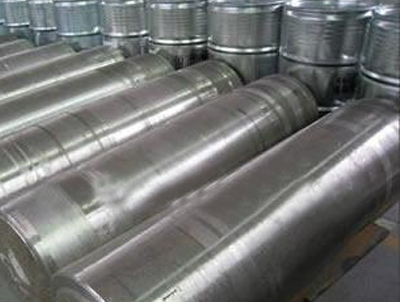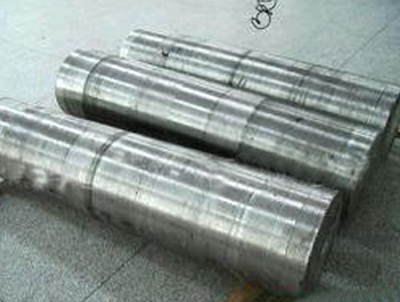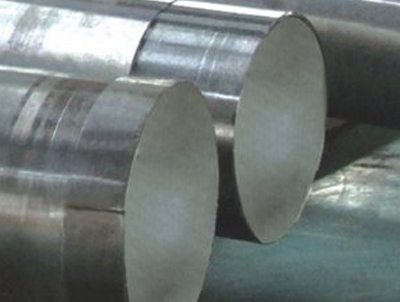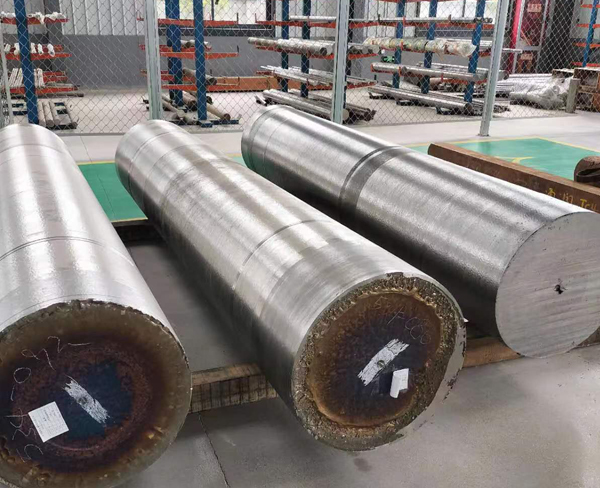Ship building
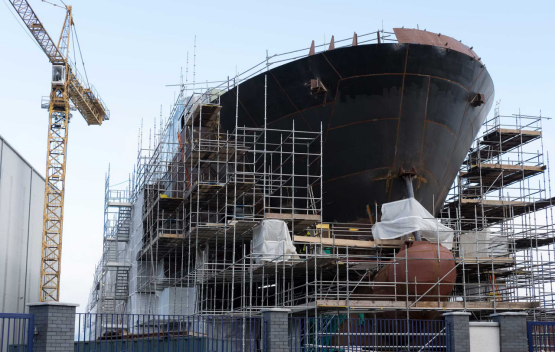
Titanium and titanium alloys are widely used in nuclear submarines, deep submersibles, atomic icebreakers, hydrofois, hovercrafts, minesweepers, as well as propellers, whip antennas, seawater pipelines, condensers, heat exchangers, acoustic devices, and fire-fighting equipment. superior.
Titanium pressure-resistant shells are mainly used on deep-sea submersibles. Titanium pressure-resistant shells are used to varying degrees at home and abroad. For example, the American "Haiya" deep submersible is equipped with a titanium observation cabin and control cabin, and can dive to a depth of 6100m. China has also made great achievements in deep submersible technology. my country's independently designed "Jiaolong" deep submersible has a diving depth of more than 5,000m. However, only Russia uses a large amount of titanium on large submarines. The six "Typhoon" nuclear submarines it manufactured, the main alloys are industrial pure titanium, Ti64, Ti64ELI, Ti-6Al-2Nb-1Ta-0.8Mo, Ti-3Al-2.5V , IIT-3B, IIT-7M, etc.
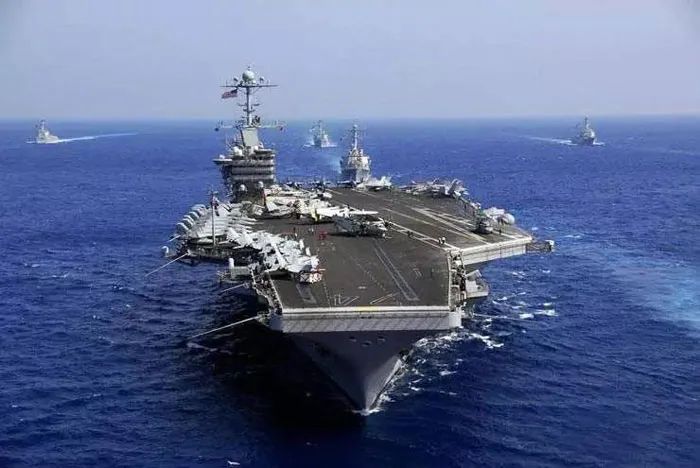
01 Nuclear submarine
Russia is an international leader in the research and manufacturing technology of titanium alloy nuclear submarines, and is also the first country to use titanium alloy to build pressure-resistant shells. At its peak, the annual output of titanium alloy thick plates and tubes for submarines reached 10,000 tons, accounting for 30% to 50% of the annual output of titanium alloy processed materials. Since the 1960s, Russia has developed four generations of nuclear submarines. The world's first all-titanium nuclear submarine, K162, was launched in December 1968. It has been operating for more than 30 years, has traveled to various oceans, and has withstood different loads and environments. There have never been any accidents. Russia built its first "ALFA" class nuclear submarine in 1970, and built six more in the 1970s and 1980s. Each ship uses about 3,000 tons of titanium and has a maximum diving depth of 914m. It is light, fast, and has good maneuverability. A typical example of the use of titanium on ships is the Russian Typhoon-class nuclear submarine, which has a shell made of titanium. Due to military needs, it adopts a double-shell structure. Its double-layer shells share 9000t of titanium, making it non-magnetic, deep dive, and It has the advantages of fast speed, low noise and less maintenance. The length of the boat is 172.8m, the maximum width is 23.3m, the height is 42.7m, the water displacement is 232001, the submersible displacement is 33800t, the submersible speed is 50km per hour, the maximum submersible depth is 500m, and the continuous submersible time reaches 120 days. The boat was built in 1977 and entered service in 1981. It plays a pivotal role in the Russian Navy.
02 Full titanium boat
In 1985, Japan's Toho Titanium Company and Fujishin Shipbuilding jointly built the "Moritsuten II" all-titanium speedboat, which was very popular in the United States for a period of time. In 1997, the "Titan Express" speedboat manufactured by Nisei Industrial Co., Ltd. was launched into the water. It is about 12 meters long and has a beautiful three-dimensional curve in the shape of the hull, which can minimize navigation resistance. Eto Shipbuilding built two all-titanium ships, the "Dai Asahi Maru" and "Akamaru" in 1998 and 1999 respectively. The advantages are light weight, fast speed, small engine, low fuel cost, low carbon dioxide emissions, There is no need for surface coating, and attachments are easy to clean. The disadvantages are high material cost, difficult processing and manufacturing technology, and strict protection requirements. The results of the ship test show that the ship's speed stability, vibration and noise performance are all very good.
03 Deep submersibles, rescue boats, ship parts
The United States, Japan, and France have all built deep submersibles, using titanium and titanium alloys to make pressure-resistant shells. Among them, Ti-6Al-2Nb-1Ta-0.8Mo alloy is used to manufacture the shells of the American Aivin and Sea-Clifi deep submersibles; Ti-6Al-4V ELI alloy is used in the buoyancy balls of the French SM97 and the American Aivin. , Japan's "Deep Sea 2000", the shell and buoyancy ball of the US Navy's Deep Sea Rescue Vessel (DSRV), etc.
04 "Jiaolong" submersible
Our country's first self-designed and self-integrated manned submersible "Jiaolong" is shown in Figure 2-1. The 3759m sea trial was completed in July 2010, and the "Jiaolong" officially started at a depth of 5180m on August 1, 2011. This subsea operation work. This diving depth means that the "Jiaolong" can reach more than 70% of the world's seafloor. "Jiaolong" has a design depth of 7,000m, the world's largest, and is expected to conduct a 7,000m-level sea trial in 2012. The work scope covers 99.8% of the global ocean area. my country's manned deep diving program is currently progressing steadily. Deep-sea manned submersibles are the commanding heights of marine technology development. Similar to manned aerospace projects, they reflect a country's comprehensive technical strength. The scope of activities of deep-sea manned submersibles covers continental slopes, seatops, volcanic craters, ocean ridges and ocean floors. A large number of research results have been achieved in geochemistry, geophysics and marine biology.
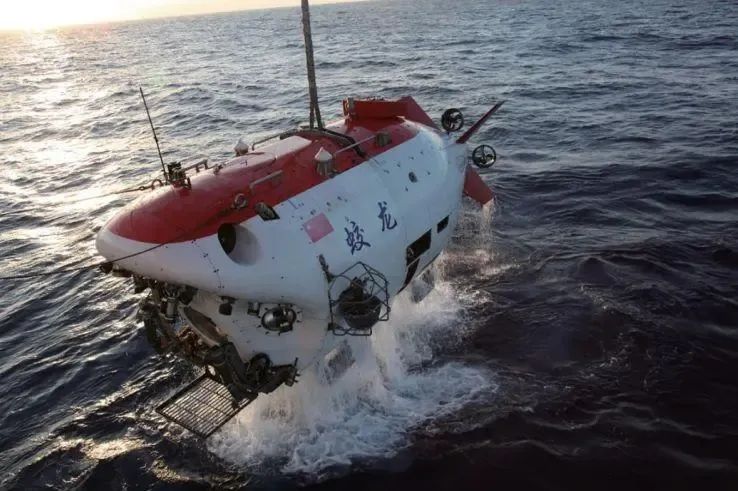
05 Sonar dome
Titanium alloy sonar domes have excellent comprehensive performance and are used in the sonar systems of Russian ships such as "Kursk", "Minsk" and "Kiev". According to the different requirements of underwater and surface applications, there are basically two types of shell plate sound-transmitting materials selected for sonar domes of ships in service in our country, one is stainless steel, and the other is fiber-reinforced fiberglass. During the "Ninth Five-Year Plan" period, my country carried out research on the application of titanium alloys in ship sonar domes.
06 propeller
The propeller material requires high strength, good fatigue performance in seawater media, and resistance to erosion and cavitation corrosion. Titanium alloy can meet the above comprehensive performance requirements. The U.S. Navy was the first to use a 1500mm diameter, four-blade detachable supercavitating titanium alloy propeller on a hydrofoil boat. my country developed hydrofoil speedboat propellers in 1972 and has produced various titanium alloy propellers with diameters of 450 to 1100mm. The maximum diameter can be 1200mm and fixed titanium alloy propellers with a mass of 130kg. Long-term use shows that the service life of titanium alloy propellers is more than 5 times that of copper alloy propellers.
07 Ship pumps, valves and piping systems
Due to the very harsh working conditions of pumps, valves and pipes on ships, pipes made of copper and stainless steel only have a lifespan of 2 to 5 years. After replacement, titanium alloy works well and is suitable for high-flow moving seawater pipes. Russia's life standards for ship pipelines stipulate three years of requirements, namely the period for the first docking maintenance (8 to 9 years); the service life should be no less than 15 years; and the full life requirement for all classes of ships should be Reliable operation for 25 to 30 years.
08 Atomic Powered Ship
Russia uses titanium alloy instead of stainless steel to manufacture ship steam engines, heat exchangers, and coolers, overcoming corrosion damage. Titanium steam engines are widely used in the power plants of Russia's existing atomic-powered icebreakers. The use of titanium alloy can extend the service life of its engine by more than dozens of times, see Table 2-27.


